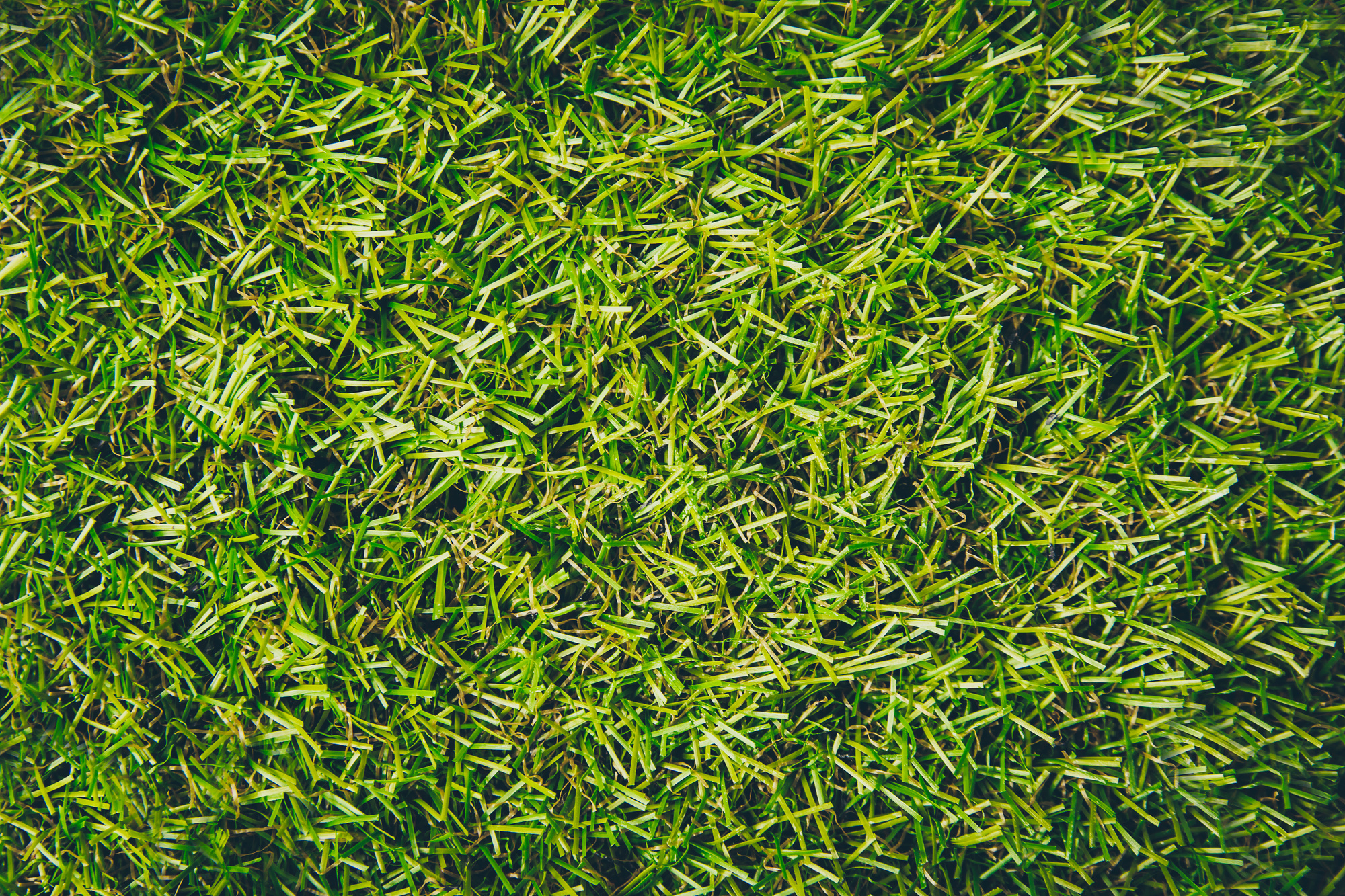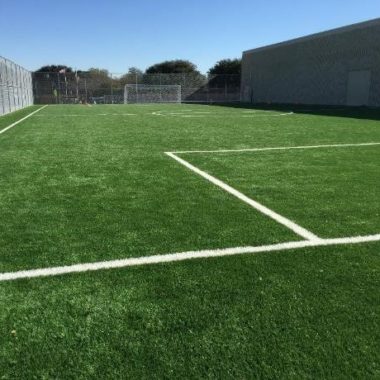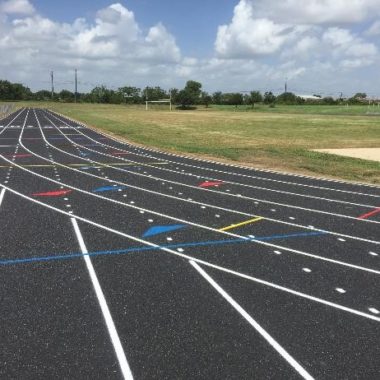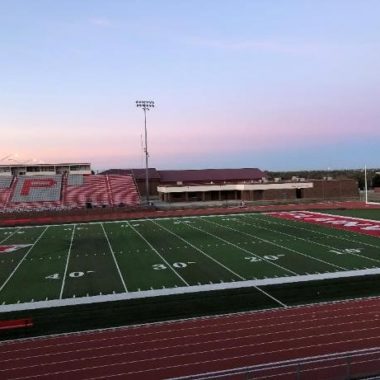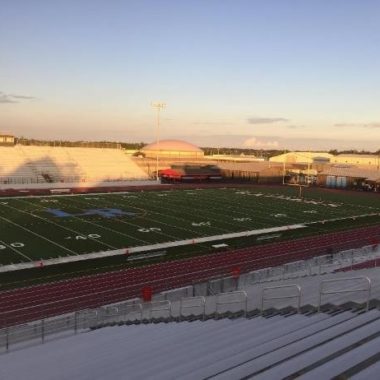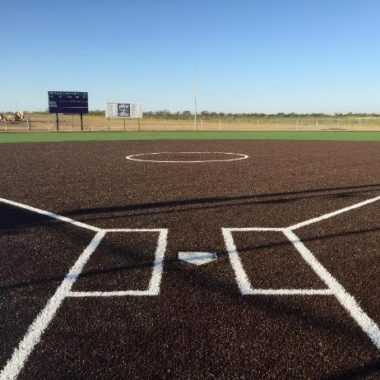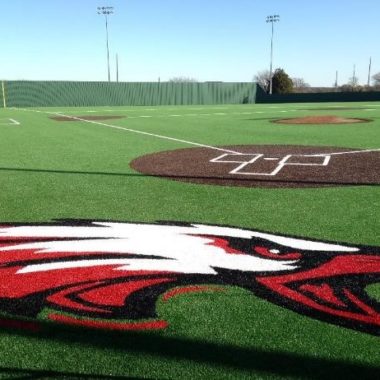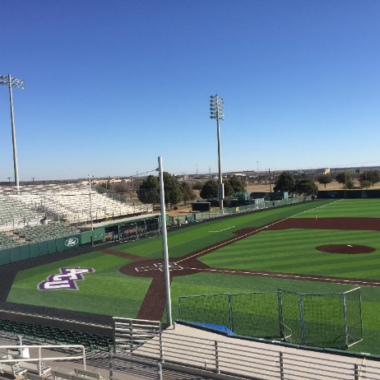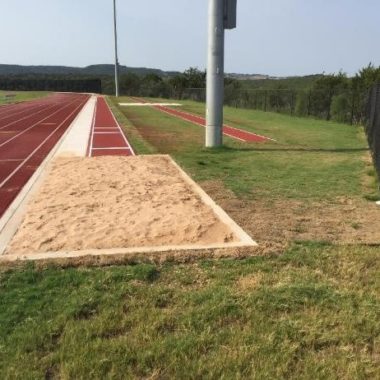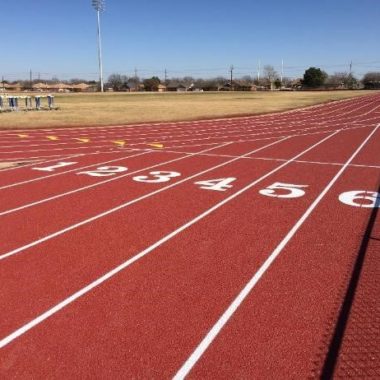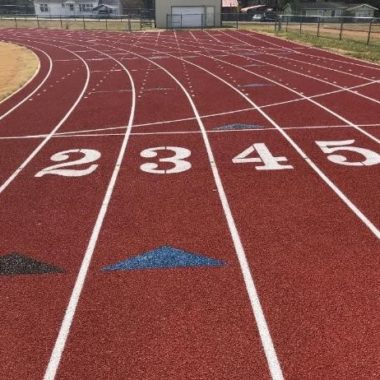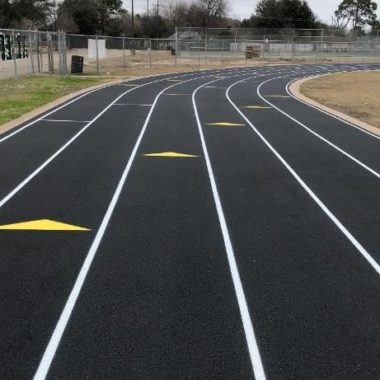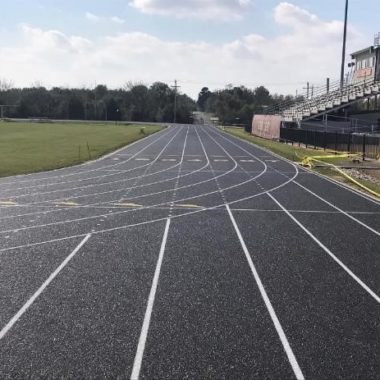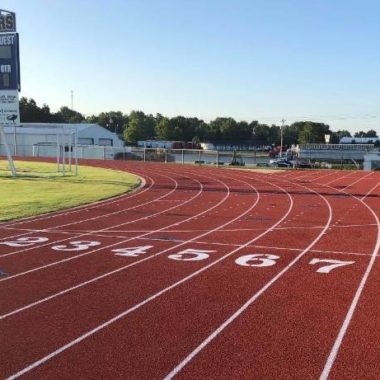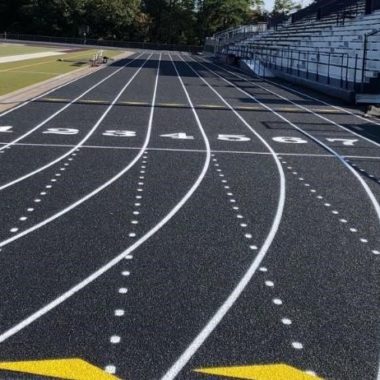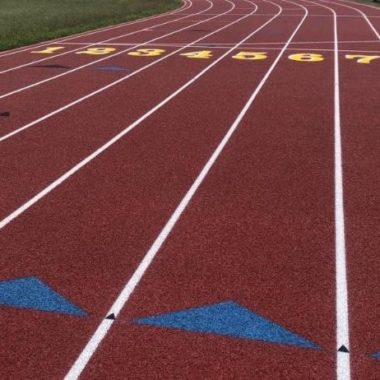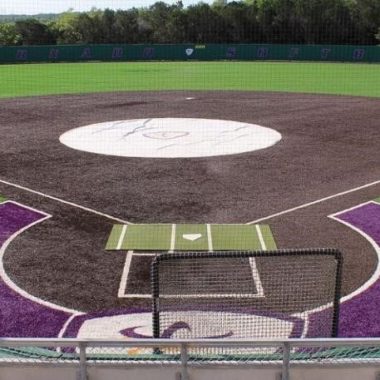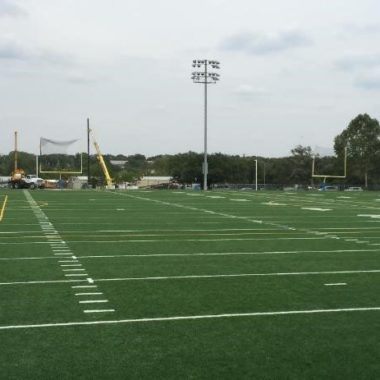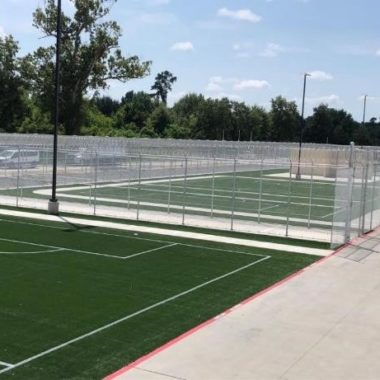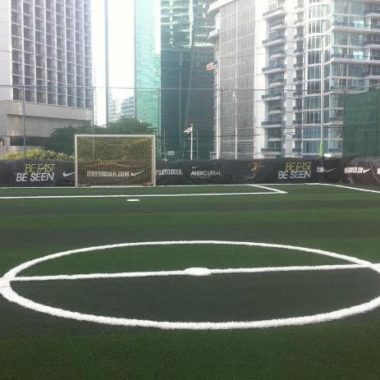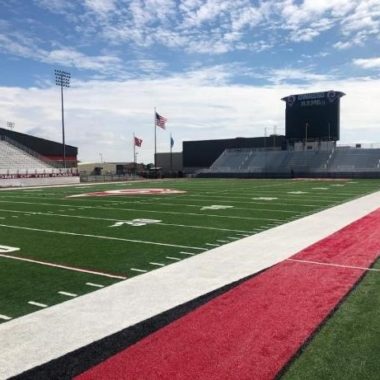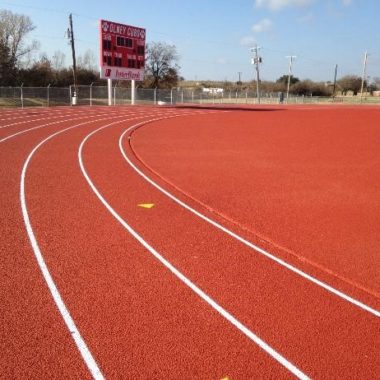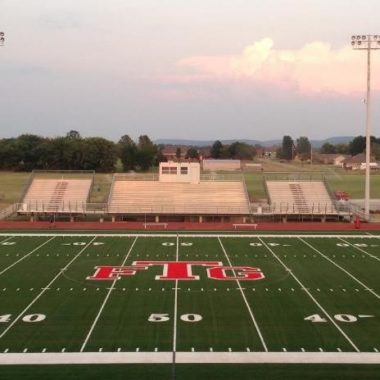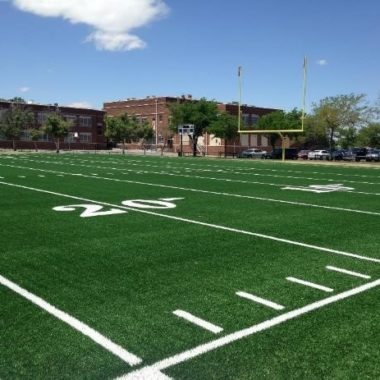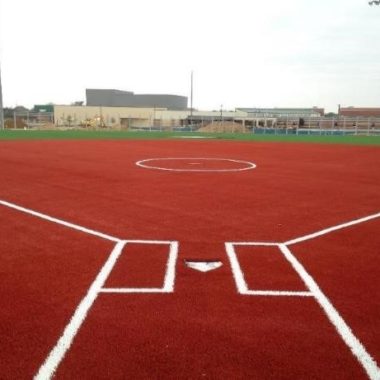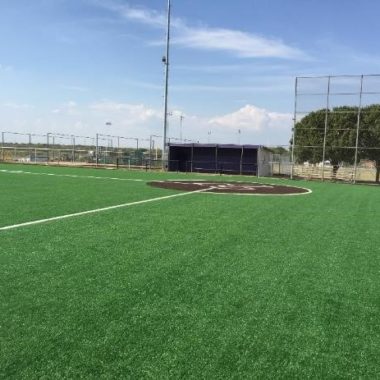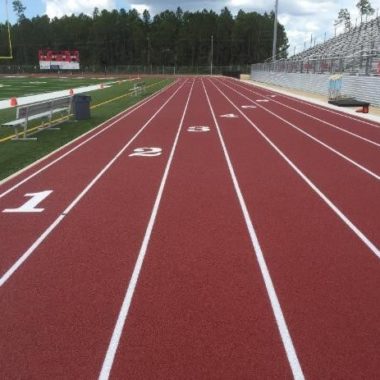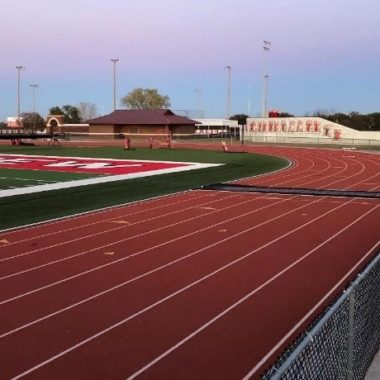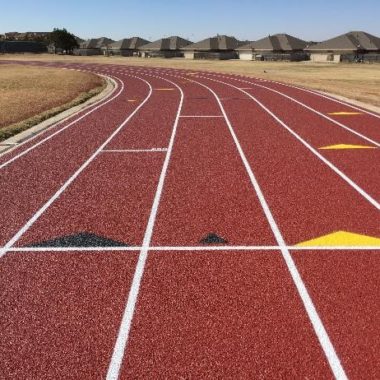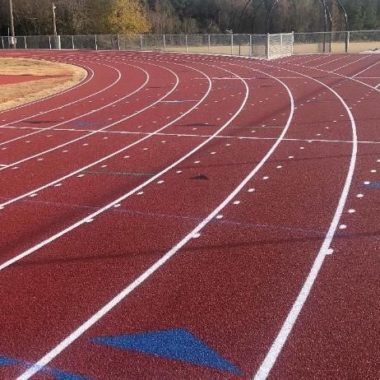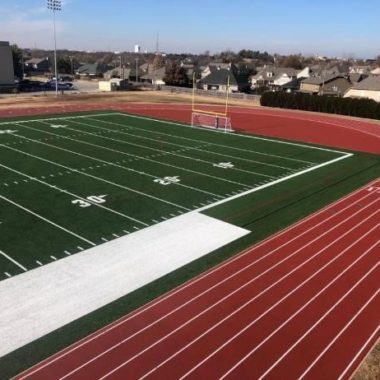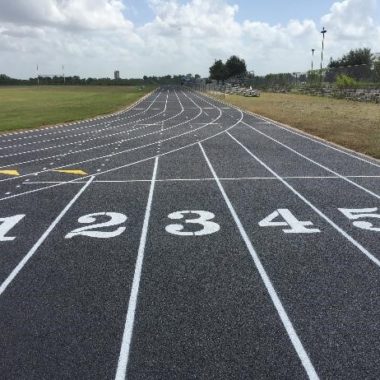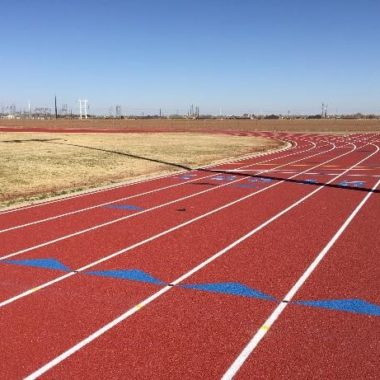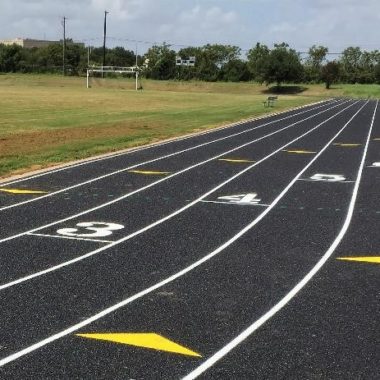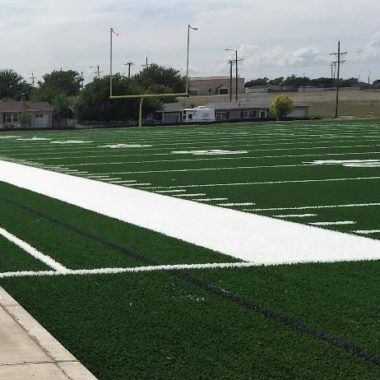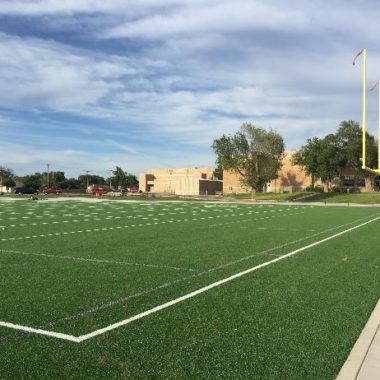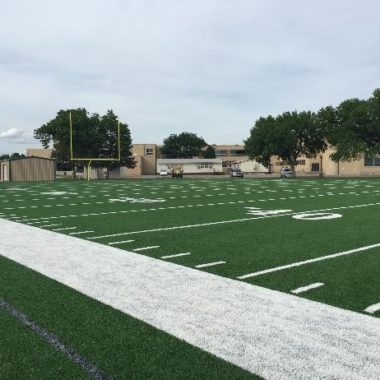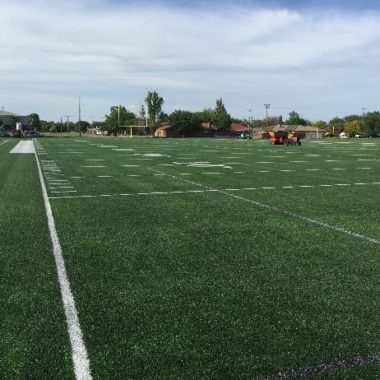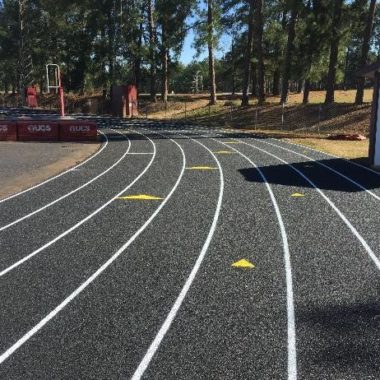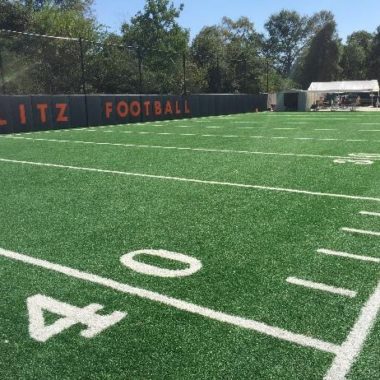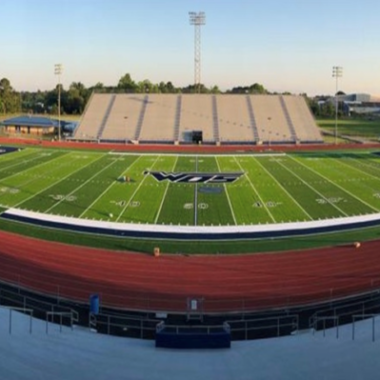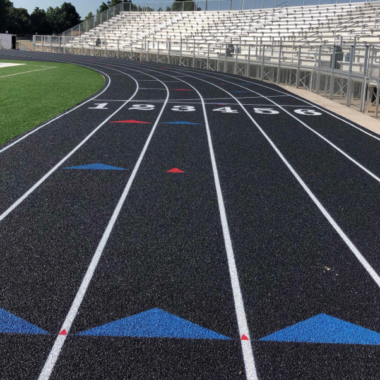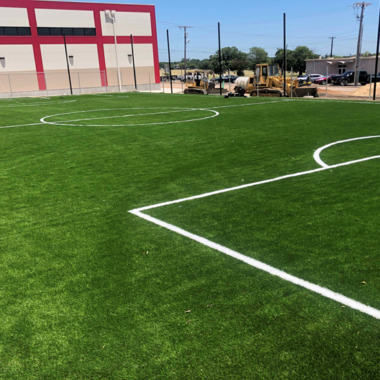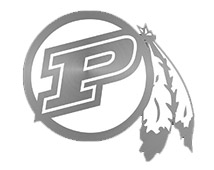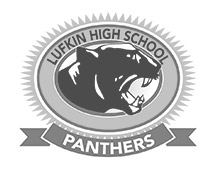Artificial Turf vs Grass: A Comparative Guide With Pros and Cons
In 1966, the Astrodome, the famous baseball field in Houston, installed artificial turf and it wasn’t long until others followed suit.
Even FIFA switched to artificial turf and in 2010, chose artificial pitches for the World Cup. But there is still a war raging in the sport’s world: what’s better turf vs grass?
To help you, we’ve compiled a list of pros and cons for each, so you can decide for yourself.
What is Artificial Turf?
You may wonder “what is turf grass?”
Artificial turf is a petroleum-based product that is an alternative to natural grass lawns. First, the soil is compacted, before a layer of sand is laid atop the soil so the turf lays flat.
A layer of plastic is then applied before the artificial turf is stapled down. Many people prefer artificial turf because it’s maintenance-free and saves water.
Benefits of Artificial Turf
In the artificial grass vs turf debate, we must consider its benefits.
Eco-Friendly
Artificial lawns are great for the environment. For example, a real grass sports field needs between 500,000 to 1 million gallons of water each year.
But if you switch to an artificial turf one, it works out every square meter of synthetic saves 2,200 gallons each year. It also stops you from using pesticides which is a major cause of water pollution.
And it requires no maintenance, you won’t emit noxious gasses into the environment from mowing. Research shows a push motor produces as much pollution in one hour as 11 cars.
Cost-Effective
Unlike a real grass sports field, artificial turf is a more cost-effective option. For example, artificial grass starts at around $9 per square foot, so if your sporting field is 1,000 square feet, it would only cost around $9,000.
Versatile
Artificial turf lets you maximize land use with the same surface space. This is great for urbanized environments who have limited access to recreational areas or those affected by droughts.
Great In Every Weather
If you live either in a cold or hot climate, you must work hard to prepare and maintain natural turf.
For example, the natural grass will be in poor condition after long winter months. Because of this, you’d have to pay to re-level and provide extra maintenance to return it to normal.
But artificial turf playing fields stay the same all year round and can be used within hours of installation with no problem.
Durable
Natural grass playing fields can’t be used over 24 hours a week or around 816 hours per year. This is problematic for teams who want to lengthen their playing hours.
Improves the Game
Because artificial turf is 100% flat, the pace of the game improves as players don’t have to deal with bumps or uneven grass. Further, as the grass is always short, players can make the ball travel faster.
Disadvantages
These include:
Runoff
Natural grass lets rainwater seep into the soil whereas artificial turf doesn’t because the soil is compacted. Because of this, stormwater runoff can carry debris into storm sewers where water sources become polluted.
Gets Hot
Artificial turf gets hotter than natural grass and can reach temperatures up to 150 degrees Fahrenheit. As a result, you get a strong rubber smell, and it will be too hot to walk on.
Natural Grass
Before deciding between artificial or natural grass, consider these advantages and disadvantages.
Benefits
Natural grass has many benefits, such as:
Gives Back to the Eco-System
Natural grass fields give back to the ecosystem. It does this by supplying oxygen, filtering pollution, and absorbing heat.
For example, natural grass improves air quality through purification. The grass breaks down airborne pollutants trapped in the grass, resulting in cleaner air.
Stormwater Management
Natural grass filters stormwater excess and reduces sediments and pollutants from flowing into water bodies. Also, sodded grass absorbs rainfall six times more effectively than other natural types of fields.
Good Traction
Compared to artificial turf fields, natural grass offers good traction instead of great traction. This means there is less chance of injury when playing.
Disadvantages
Major downfalls include:
Cost
As mentioned, natural grass is far more expensive because you need to go through a sodding or seeding process. As sodding is pre-grown, it’s costlier but far quicker than planting the lawn yourself.
Further, you’ll need an irrigation or sprinkler system to maintain the lawn. When you add up the costs of this, alongside installing sod for an entire playing field, it’ll be far greater than installing the artificial turf.
High-Maintenance
Natural grass lawn maintenance involves mowing, edging, aeration, weed control, and watering.
You also need to be vigilant with aeration and overseeding as it lets the air, water, and nutrients seep into the roots. You must also fill in any bare spots and improve the grass’s density.
Doing maintenance yourself will cut costs. But you still must pay for seeds, fertilizer, weed control, and water which is costly when covering a sport’s field.
The Bottom Line of Turf Vs Grass
It’s difficult to decide between turf vs grass but you must consider several factors. If you live in a hot climate, it’ll be harder to maintain a healthy natural grass field compared to installing the artificial turf.
Also, it’s far more cost-effective to install artificial turf as you don’t have to maintain it. And most importantly, players and the ball can travel easier across artificial turf as it’s smoother.
If you’re planning to re-vamp your playing field, we’d love to chat. Contact us here for more information.


